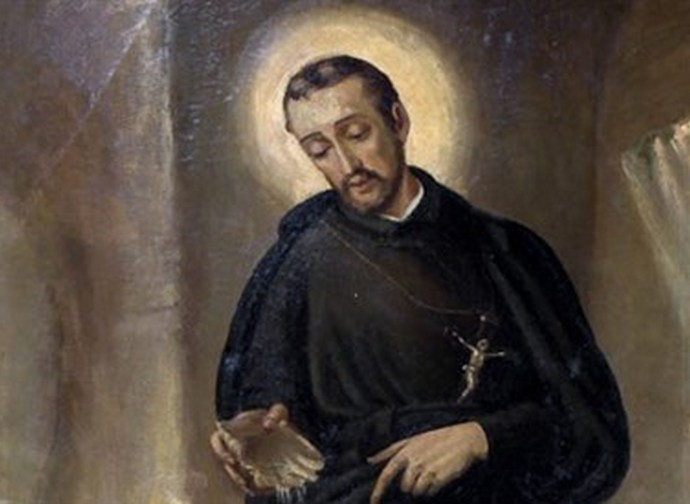Saint Peter Claver
The area in which he carried out his mission was present-day Colombia at the time of the slave trade. He faced this phenomenon with true Christian charity...

The area in which he carried out his mission was present-day Colombia at the time of the slave trade. St Peter Claver (1580-1654) faced this phenomenon with true Christian charity, bringing material aid to the deported Africans and teaching them the way of Jesus.
A native of Catalonia, he was the son of a farmer and lost his mother in his very early adolescence. His origins must have helped him to progress in humility, as can be seen from one of his writings in adulthood: “All the times I did not imitate a donkey I did not achieve good results. And what does the donkey do? You speak ill of him, and he is silent; you do not feed him, and he is silent; you load him until he falls to the ground, and he is silent; you swear at him, and he is silent; he never complains, whatever you make him do or however you mistreat him; he is resilient, being an ass. This is how a servant of God must be, as Psalm 72 says: I am like a beast of burden before you”.
He revealed a great talent in his studies and at the age of 22 he joined the Society of Jesus. It was among the Jesuits that he met the virtuous elderly Alfonso Rodriguez (1532-1617), porter at the college in Palma de Mallorca and great spiritual teacher. It was Alphonsus, who had become a Jesuit brother and coadjutor after losing his wife and three children at an early age, who instilled in Peter's heart a love for the mission: “The souls of the Indians have infinite value, because they have the same price as the blood of Christ... Go to the Indies and buy all those souls that are lost!”. The saint listened to the advice and in 1610 left for the New World. Six years later his superiors sent him to Cartagena. There he received priestly ordination and began an almost forty-year ministry that would lead him to baptize about 300,000 slaves and natives.
Cartagena was one of the largest slave ports in the whole of South America and every year 12-14 ships loaded with slaves arrived there, despite the various papal pronouncements (already in 1537 the Bull Veritas Ipsa of Paul III established the excommunication for those who reduced people to slavery, a prohibition reiterated by several of his successors). Faced with this inhuman trade, the saint reacted by making a vow to “dedicate his whole life to the conversion of the blacks” and to seal the promise he signed as follows: “Peter Claver, servant of the Ethiopians forever”, where Ethiopians was the term used generically by the Spanish to indicate all the populations of colour. Peter surrounded himself with interpreters of various nationalities. On the arrival of each ship he rushed to meet it with baskets loaded with bread, fruit, sweets and drinks. He took care of the sick, warmed the cold, relieving the derelicts from terror and interceding for them with the masters, without giving up in the face of the resistance.
Immediately after the first contact, the saint took care of the slaves' souls and began the catechism with large posters full of images. This is what he wrote in 1627: “We began to catechize them on Baptism, to explain to them the wonderful effects on body and soul; when it seemed to us that by answering our questions they had understood enough, we moved on to a more extensive teaching about the One God, who distributes rewards or punishments according to each one's merits, and all the rest. Then we invited them to make an act of contrition and to show repentance for their sins. In the end, when they seemed sufficiently prepared, we showed them the mysteries of the Trinity, the Incarnation, and the Passion, and showing them the crucifix, as it is painted above the baptismal font - in fact, rivulets of blood appear there flowing from the wounds of Christ - we recited in their language the act of contrition, which they repeated word for word”.
Endless queues formed at his confessional. He also carried out his apostolate in the midst of those condemned to death and of lepers, for whom he procured food, medicine and made their beds. And if he sometimes felt repulsed by the lepers, he would then kiss their wounds, always wanting to make everyone understand the dignity of God's children. He fell ill with the plague in 1650 and spent the last four years almost entirely in his cell, often neglected, but never tired of contemplating and praising God. On hearing the news of his death thousands of people of all ages and social conditions poured into his monastery, with children and slaves saying, “Let us go to the saint!” He was canonised by Leo XIII in 1888, together with his former counsellor Alfonso Rodriguez. Eight years later he was proclaimed patron saint of all Catholic missions among people of colour.




